Date: 27 October 2007
The station was designed by architect Henk Woltjer of consultancy Movares as part of a family of easily-recognised structures for the planned Randstadspoor network, a network of routes radiating from Utrecht on which the existing trains are to be replaced by lighter rolling stock and more frequent S-Bahn services.
The station incorporates a curved glass roof formed of Freeformglass, a cold-flexible laminated glass developed by Lásló Vákár of Movares and commercial partner BFS Structural Glazing. Two thin layers of toughened glass sandwich a plastic filling, combining the benefits of warm-curved glass and plastics while avoiding the disadvantages of both.
Although curved glass is more expensive than flat glass, the shaping gives it an inherent strength allowing the use of lighter frames and foundations. Warm-curved glass costs between two and five times the price of the cold-flexible glass, and requires higher energy input during production and the use of moulds which can be used for only one particular project because of the different shapes needed. Cold-flexible glass can be shaped on-site at ambient temperatures, lowering transport costs as flat sheets are easier to deliver.
Polycarbonates would be cheaper than glass, but scratch, discolour in sunlight and are harder to keep clean; trial Freeformglass panels at 's Hertogenbosch station have so far been kept clean by the rain. Glass is also often preferable in a fire.
Read the entire news on hte source link below.

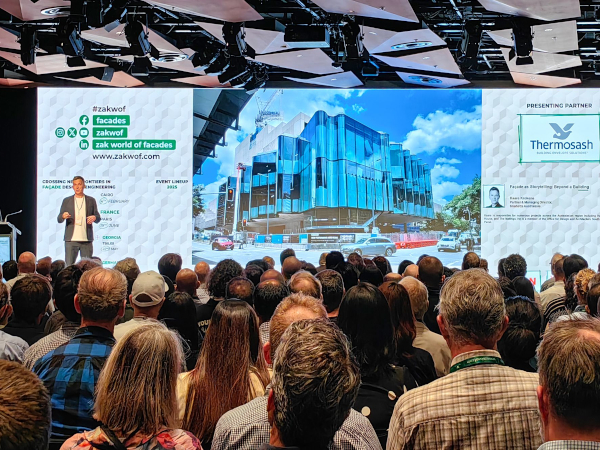
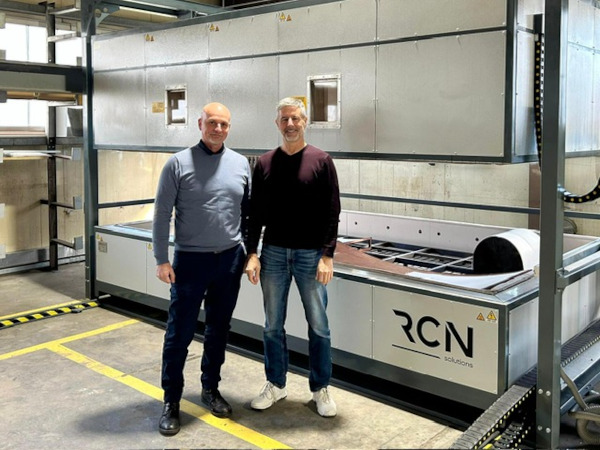



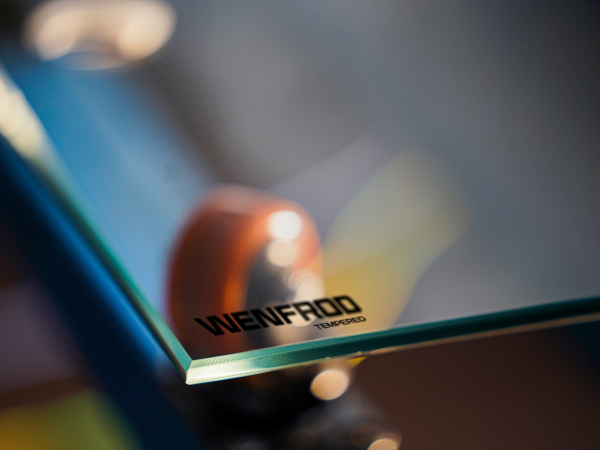





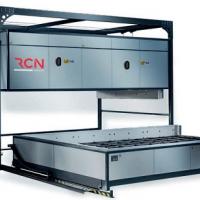
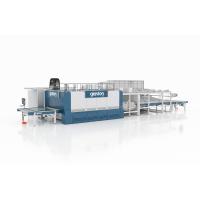
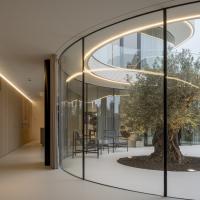

Add new comment